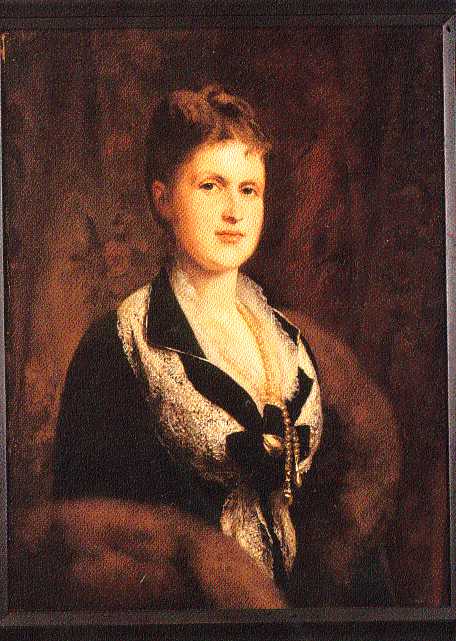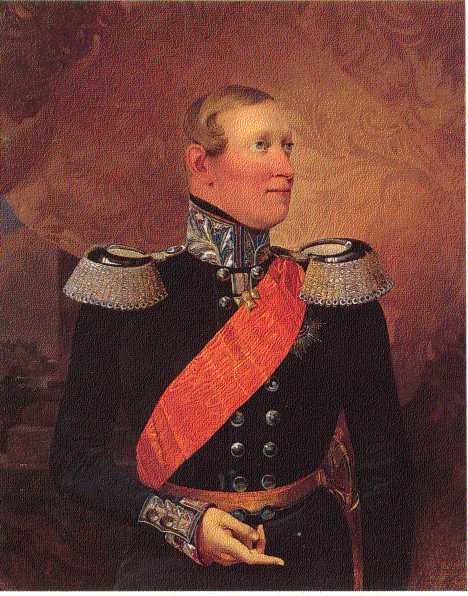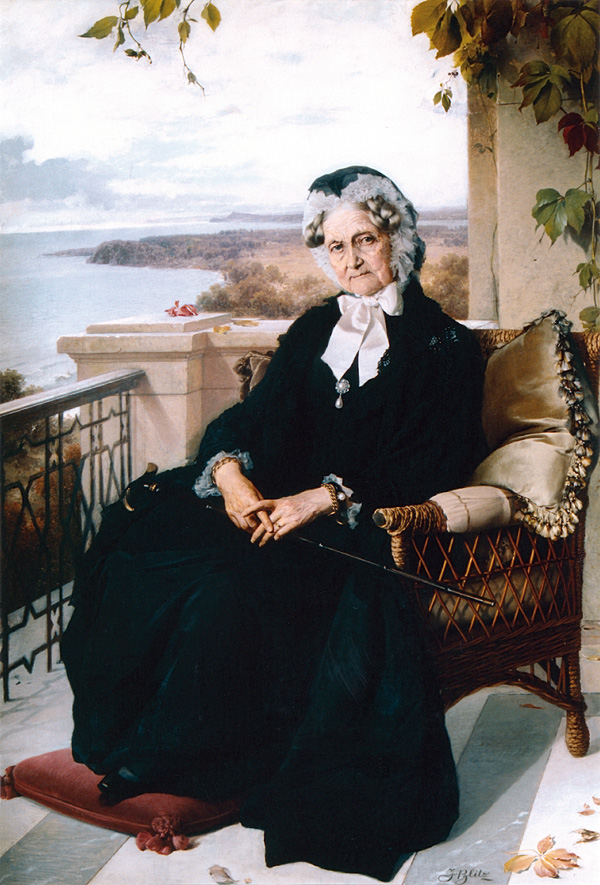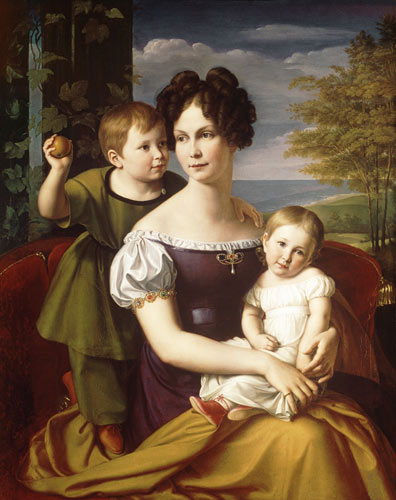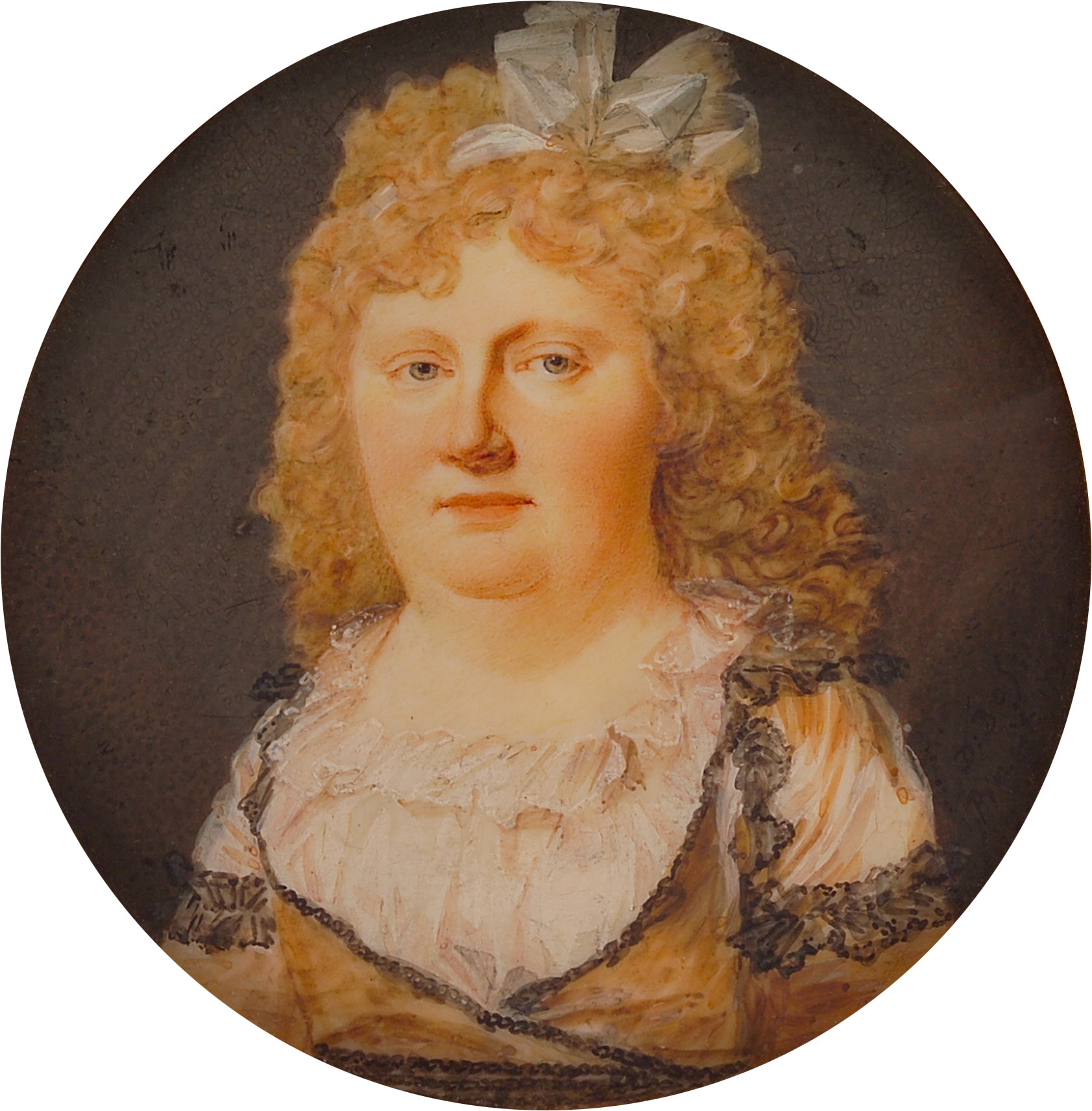by Susan Flantzer
- Tragedy at Sea – Lieutenant The Honorable Hugo William Louis Tyrrell
- Captain The Honorable Harold Alfred Vyvyan St. George Harmsworth
- Timeline: February 1, 1918 – February 28, 1918
- A Note About German Titles
- February 1918 – Royals/Nobles/Peers/Sons of Peers Who Died In Action
********************
Tragedy at Sea – Lieutenant The Honorable Hugo William Louis Tyrrell

HMS K-17 Submarine; Photo Credit – www.harwichanddovercourt.co.u
On the evening of January 31 – February 1, 1918, twenty-six-year-old Royal Navy Lieutenant The Honorable Hugo William Louis Tyrell of HMS Submarine K-17 died along with 103 other sailors in a tragic series of accidents in the Firth of Forth in Scotland. The accidents were called the Battle of May Island, named after an island in the Firth of Forth. However, it was no battle but rather an entirely accidental tragedy with no enemy forces present.
The Honorable Hugo William Louis Tyrrell was the elder of the two sons and the third of the four children of William George Tyrrell, 1st Baron Tyrrell of Avon and Margaret Ann Urquhart. Hugo had two elder sisters and one younger brother, 2nd Lieutenant The Honorable Francis Chichester Victor Tyrrell, who also died during World War I on February 15, 1915 from wounds received in action. Therefore, when Hugo’s father died in 1947 at the 80, the barony became extinct as both his sons had died.
Around 40 ships left the port of Rosyth on the Firth of Forth, Scotland bound for fleet exercises in the North Sea. On the night of January 31 to February 1, 1918, five collisions occurred between eight ships. Two submarines were lost and three other submarines and a light cruiser were damaged. The accident was kept secret during the war and a memorial was finally dedicated 84 years later, on January 31, 2002, in the harbor of Anstruther, Scotland opposite the Isle of May.

Battle of May Island Memorial; Photo Credit – http://www.maritimequest.com/misc_pages/monuments_memorials/battle_of_may_island_memorial.htm
Hugo was one of the 59 sailors aboard the HMS K-17, a submarine powered by steam and electricity. K-17 was sailing behind the cruiser HMS Courageous when the Courageous changed course to avoid two trawlers ahead. K-17 turned but two other submarines, K-22 and K-14, were involved in a collision. Meanwhile HMS Fearless, another cruiser, was steaming towards the area, oblivious of the accident. The Fearless plowed into K-17. The order to abandon ship was quickly given but within eight minutes K-17 sank. Any survivors were now in the water and the other submarines attempted to pick them up. Sadly, the destroyers were unaware of the location of the accident and plowed through the survivors.
All remains of the deceased sailors remain at the wreck site which is designated as a protected place under the Protection of Military Remains Act 1986. Lieutenant The Honorable Hugo William Louis Tyrrell is remembered at the Chatham Naval Memorial in Chatham, Kent, England which records the names of 18,500 Royal Navy officers who died or were buried at sea in World War I and World War II.

Chatham Naval Memorial; Photo Credit – By Clem Rutter, Rochester Kent – Own work, CC BY 2.5, https://commons.wikimedia.org/w/index.php?curid=2748208
********************
Captain The Honorable Harold Alfred Vyvyan St. George Harmsworth

Photo Credit – https://livesofthefirstworldwar.org
Captain The Honorable Harold Vyvyan Alfred St George Harmsworth, known as Vyvyan, was born in London on August 2, 1894. He was the eldest of the three sons of Harold Sidney Harmsworth, 1st Viscount Rothermere, the founder of the newspapers The Daily Mail and the Daily Mirror, and Mary Lilian Share. Lord Rothermore’s second son Lieutenant The Honorable Vere Sidney Tudor Harmsworth killed in action November 13, 1916, so he was succeeded by his third son Esmond Cecil Harmsworth as 2nd Viscount Rothermere.
Vyvyan attended Eton College and then enrolled at Christ Church College at the University of Oxford in 1913. At the start of World War I, he joined the 2nd Battalion the Irish Guards and saw action in France. He described the conditions in the trenches in a letter to his father dated January 13, 1915: “Hell is the only word descriptive of the weather out here and the state of the ground. It rains every day! The trenches are mud and water up to one’s neck, rendering some impassable – but where it is up to the waist we have to make our way along cheerfully. I can tell you – it is no fun getting wet up to the waist and right through, as I did last night. Lots of men have been sent off with slight frost-bite – the foot swells up and gets too big for the boot.”
Vyvyan was wounded two times and each time he returned to the trenches. In December 1917, he was wounded at the Battle of Cambrai and was sent back to England to recuperate. In a letter to his father, he was very positive about his recovery, “My wounds are healing very rapidly – in fact I don’t worry about them now. I have been awfully lucky, no vital or difficult spots, such as knees touched.” However, he did not recover. 23-year-old Vyvyan died of those wounds on February 12, 1918 in the Lady Northcliffe Hospital for Officers in London founded by his aunt, Mary Harmsworth, Viscountess Northcliffe, Lady Hudson. He was buried at Hampstead Cemetery in West Hampstead, London.

Vyvyan’s grave: Photo Credit – www.findagrave.com
Lord Rothermere endowed The Harold Vyvyan Harmsworth Visiting Professor of American History Chair at the University of Oxford in Vyvyan’s memory which still continues today. History was his favorite subject. One of the conditions is that the occupant of the Chair be a citizen of the United States.
********************
Timeline: February 1, 1918 – February 28, 1918

Territories occupied by the Central Powers during and after Operation Faustschlag; Credit – By Soerfm – Own work, CC BY-SA 3.0, https://commons.wikimedia.org/w/index.php?curid=28806053
- February 15-16 – Battle of Rarancza near Rarańcza (Ridkivtsi), Bukovina in present-day Ukraine
- February 18 – March 3 – Operation Faustschlag in Western Russia, Ukraine, Belarus, Baltics, last offensive on Eastern Front
- February 19 – British begin their assault on Jericho, then part of the Ottoman Empire, now in the Palestinian Territories and is located near the Jordan River in the West Bank
- February 21 – British capture Jericho
- February 21 – Germans capture Minsk, then part of Russia, now the capital of Belarus, part of Operation Faustschlag
- February 24 – Germans capture Zhytomyr, then part of Russia, now in Ukraine, part of Operation Faustschlag
- February 25 – German troops capture Estonia, then part of Russia, now an independent country, part of Operation Faustschlag
- February 28 – Germans capture Pskov in Russia and Narva in Estonia part of Operation Faustschlag
********************
A Note About German Titles
Many German royals and nobles died in World War I. The German Empire consisted of 27 constituent states, most of them ruled by royal families. Scroll down to German Empire here to see what constituent states made up the German Empire. The constituent states retained their own governments but had limited sovereignty. Some had their own armies, but the military forces of the smaller ones were put under Prussian control. In wartime, armies of all the constituent states would be controlled by the Prussian Army and the combined forces were known as the Imperial German Army. German titles may be used in Royals Who Died In Action below. Refer to Unofficial Royalty: Glossary of German Noble and Royal Titles.
24 British peers were also killed in World War I and they will be included in the list of those who died in action. In addition, more than 100 sons of peers also lost their lives, and those that can be verified will also be included.
********************
February 1918 – Royals/Nobles/Peers/Sons of Peers Who Died In Action
The list is in chronological order and does contain some who would be considered noble instead of royal. The links in the last bullet for each person is that person’s genealogical information from Leo’s Genealogics Website or to The Peerage website If a person has a Wikipedia page or a website page with biographical information, their name will be linked to that page.
Lieutenant The Honorable Hugo William Louis Tyrrell
**********
Captain The Honorable Harold Alfred Vyvyan St. George Harmsworth
**********
Friedrich, Graf von Hohenau
















